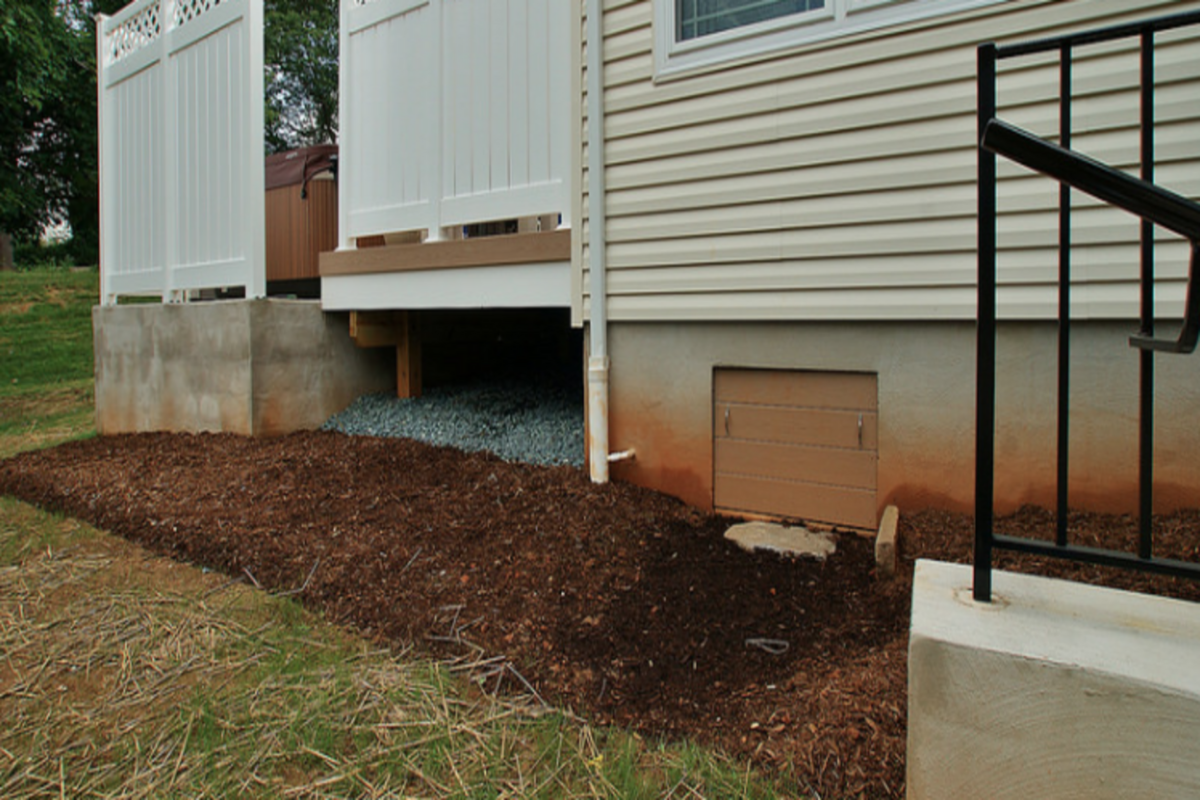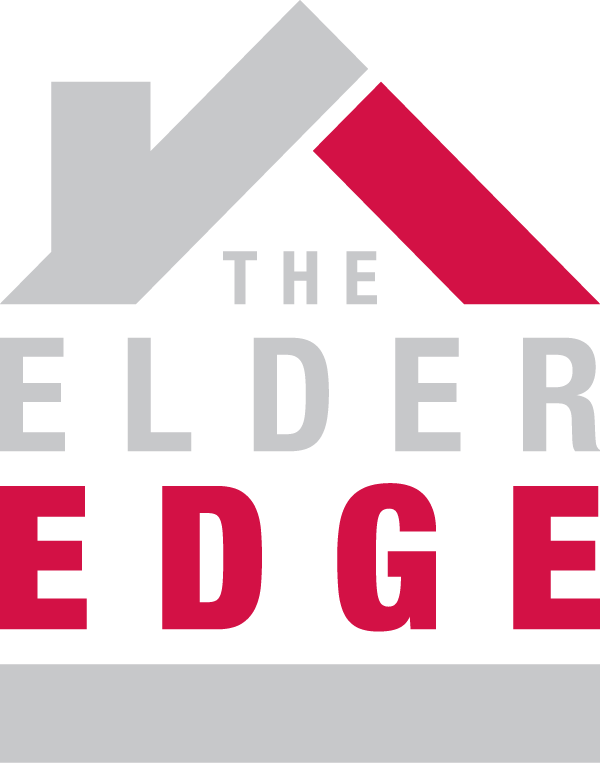There’s a lot that has to be done when preparing to sell your home. Not only are you thinking about the next place you’re going to live, you also have to think about what your home is worth and the process of getting it sold.
One of the things that should be done before listing your home on the market is inspecting your crawlspace. Crawlspaces can contain drain pipes, plumbing, ductwork, electrical wiring and much more. Mildew and excess moisture can build up in those areas over time if they’re not properly cleaned or maintained.
Selling a home in North Carolina can sometimes be complicated. Even though the process may take longer than expected to complete, it can still be accomplished. Having a plan and being persistent are key.
Here are a few things to look for when checking your crawlspace prior to listing:
1. Rodent droppings or insect carcasses.
If you see a significant amount of dead flies or other insects or notice the distinct smell of animal droppings, that’s a sure sign that those animals have made their way into your crawlspace. Take some time to carefully inspect the areas around those droppings or insect carcasses to find their entry point.
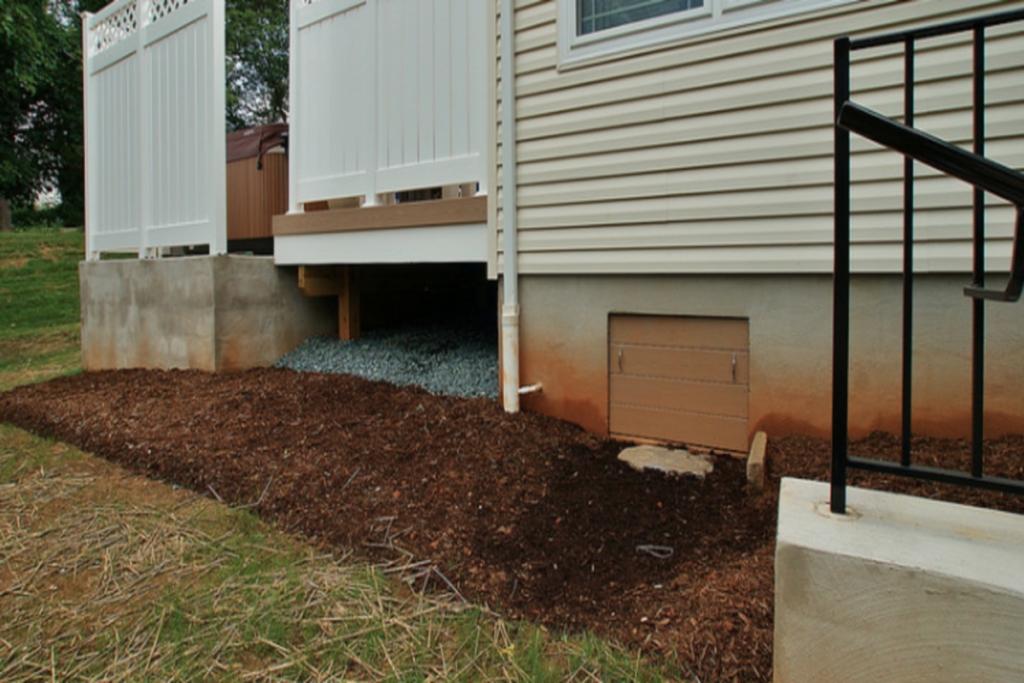
If animals can get in, so can wind, rain and snow. Be sure to seal any cracks, holes or other unwanted openings as soon as possible. You can do the job yourself or hire a professional contractor to do the job for you. Clean up any droppings or animal bodies that you find. You may want to call in an exterminator if the problem persists or is greater than what you can handle.
2. Mold or mildew.
Carefully inspect the floors, windows and windowsills and entrances of your crawlspace. If you notice mold or mildew formations, that means that excess moisture has entered the area. Mold and mildew thrive in dark areas like crawlspaces.
There are several reasons why mildew and mold form. Everything from faulty dryer vents to downspouts and gutters that point toward your home can be responsible for the problem. Fortunately, it isn’t a major issue in most cases and there are proactive measures that you can take to avoid this issue in the future.
Different types of mold have their own potential health concerns. White mold is a surface mold. It indicates that the humidity in your crawlspace is too high, but it usually isn’t a major issue and can be cleaned rather easily.
Brown or black mold is a more serious problem. If this mold is found on wood, it can lead to rot fungus which can eventually cause structural damage to your home.
You can take proactive measures to prevent mold and mildew by using a dehumidifier. Mold tends to accumulate at humidity levels of 60 percent or more.
Check for possible leaks near HVAC ducts, plumbing or pipes in your crawlspace. Inspect any below-ground walls to ensure that they are free from cracks. You can also insulate the sub-floor of your crawlspace so that moisture doesn’t have a chance to form.
3. Changes in air quality.
Your crawlspace can greatly affect your home’s indoor air quality. Homes that are built over crawlspaces bring in moisture from the ground. Proper ventilation is essential for better airflow and preventing mold.
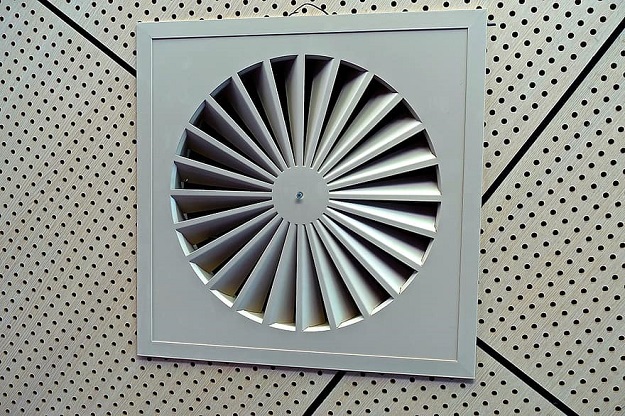
Some HVAC systems are placed in crawlspaces. This usually isn’t an ideal location. Leaks may form at duct boots, near the air filter or in individual sections. This can cause dirty air to enter your home and reduce your HVAC system’s overall efficiency.
Unusual humidity or dampness. Moisture in crawlspaces is a common problem in many areas of the country. Enough moisture can eventually lead to mold formation.
4. Wet or soggy floors.
Condensation from insulation can sometimes end up on your crawlspace floor. This commonly happens in crawlspaces that were vented to the exterior of a home. Moist air from the outside condenses on cooler surfaces and eventually lands on the insulation.
When the insulation absorbs too much moisture, it can compress, sag and eventually fall onto the crawlspace floor. Foam insulation can resolve the issue. It reflects radiant energy, restricts air movement and seals effectively to prevent moisture and air from entering your home from the outside.
5. Electrical issues.
Some homes may have a fair amount of electrical wiring in their crawlspaces. This should be fine in most cases, but there can be situations where problems occur. Sometimes loose or exposed wiring can get wet. It can also be a potential fire hazard.
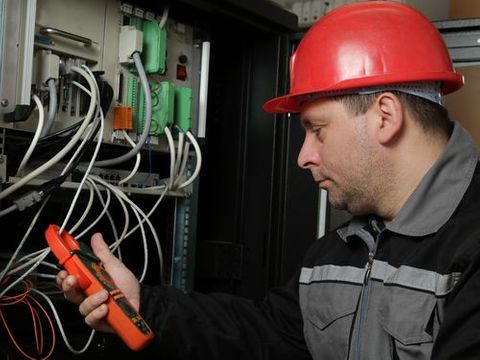
Take some time to carefully examine the electric wires in your crawlspace. They should be safely secured and positioned far away from any plumbing pipes or HVAC ducts, if possible. You may want to call an electrician if there is reason for concern.
6. Leaks or flooding.
Cracks in the foundation or sub-standard vapor barriers can cause excess moisture to seep into your home’s crawlspace. Plumbing leaks can also leave water pooled on your crawlspace floor. If these issues aren’t checked, they could lead to mold formation or even flooding,
It should only take a few minutes to check your home’s foundation for any visible cracks. If you see moisture or water in your crawlspace, try to trace it to its source. Any plumbing leaks or poorly installed vapor barriers should be repaired or replaced immediately.
Conlusion
These concerns may seem a little intimidating or overwhelming at first, but it’s best to address them before you list your home.
If they aren’t taken care of, they may reduce your home’s value. The home inspector may also require that any crawlspace problems be addressed before the sale can be completed.
Inspecting your crawlspace is just as important as examining your roof, gutters or other areas of your home before it’s put up for sale. Proper care and maintenance can extend its useful life. It also provides peace of mind for both you and the home buyer.
The buyer can concentrate on moving in and establishing roots in their new community. You can breathe easier once the transaction has been finalized and focus on the next phase of your life.
Have Questions? Ask Pete Elder!
The Elder Edge is the best source of information about the local community and real estate topics.
Give Pete Elder a call today at 919-357-0921 to learn more about local areas, discuss selling a house, or tour available homes for sale.
